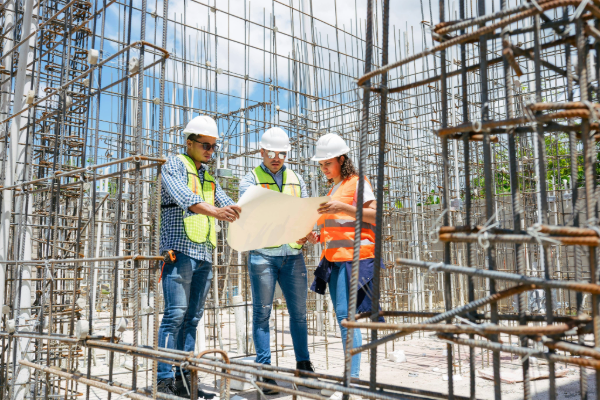
Construction and engineering companies innovate daily; designing custom systems, solving field challenges, and testing new methods. These activities often qualify for the R&D tax credit, yet most firms never claim it. This guide explains which construction and engineering projects qualify, what expenses can be included, and how to claim the credit safely and strategically.
Whether you’re a design-build contractor, civil engineer, or architectural engineer, your work likely involves:
These efforts are not “routine.” They are exactly the kind of technical experimentation the IRS rewards through the R&D tax credit.
The IRS defines qualified research as activity that:
Construction and engineering projects hit these points constantly, especially when they involve custom solutions or new methods.
If your firm is designing, testing, or re-engineering a process to solve technical challenges, chances are you’re performing qualified R&D.
The R&D tax credit allows you to include several categories of costs tied to those activities:
The key is connecting these costs to specific R&D activities, something specialists like B10 Capital help document clearly and defensibly.
For mid-sized construction and engineering firms, R&D credits often range from $50,000 to several million dollars per year.
Benefits include:
Because these industries don’t keep “lab reports,” documentation usually relies on:
B10 Capital’s process often extracts this information directly from job files and project managers, making it non-disruptive and fully defensible under IRS review.
Generalist CPAs may view construction as too “routine” for R&D qualification. But most projects involve technical uncertainty; soil conditions, new materials, site constraints, or custom mechanical designs.
Without industry-specific expertise, many advisors under-claim or miss the credit entirely.
That’s why working with an R&D specialist who understands construction workflows leads to larger, safer returns.
Many states, like Texas, California, Florida, Massachusetts, and Utah, offer additional R&D incentives. Construction and engineering firms working across states may qualify for multiple state-level credits in addition to the federal one.
B10 Capital tracks eligibility in every state that offers R&D programs, ensuring clients receive the maximum available refund at both federal and state levels.
Our specialized approach ensures every qualifying project is captured while minimizing burden on your team:
The result: maximum value, zero stress, and total compliance.
The construction and engineering industries are full of innovation, from design-build experimentation to on-site problem-solving. Yet most firms never connect that innovation to the R&D tax credit.
By identifying qualifying activities, documenting them properly, and claiming both federal and state credits, companies can turn everyday ingenuity into meaningful cash flow.
If your firm designs, engineers, or tests new construction methods, you may already qualify for the R&D tax credit, whether you’ve claimed it before or not.
Contact B10 Capital today to explore R&D opportunities for your construction or engineering business. We’ll help you capture every eligible dollar while keeping your claim fully compliant and audit-ready.
Insights into sophisticated tax benefits designed for high-net-worth individuals and businesses.